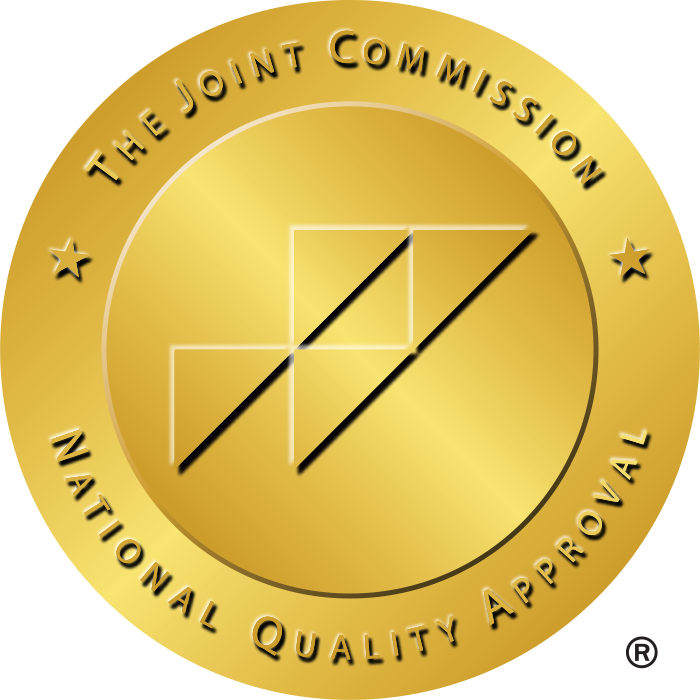The Financial Benefits of Travel Nursing
Travel nursing isn’t only about going to new locations and saving lives; at the end of the day, you also need to worry about your finances. Unlike traditional nursing roles, travel nursing comes with impressive perks that make the career path worthwhile.
These perks include higher pay, tax-free allowances, bonuses, and much more. When combined, these benefits can mean more income, a comfortable life, and a fulfilling career as a healthcare professional.
So, this article will review the many financial benefits of travel nursing, helping you understand what your wallet stands to gain in this career.
1. Higher Pay and Demand
Most travel nurses make a lot more than permanent staff nurses, which is a big financial plus. This income disparity is because there is a higher demand for these nurses in understaffed locations, allowing them to request for higher rates than traditional nurses.
It’s also worth noting that travel nurses’ wages differ depending on location, field of specialty, and duration of the assignment. But regardless, it is still above the regular staff nurses’ monthly earnings.
Also, certain nursing specialties like Intensive Care Unit (ICU) nursing, labor and delivery and operating room nurses get higher pay. These positions have a higher hourly wage due to the advanced skill set and experience required. At the same time, payment can also depend on your location, but oftentimes, major metropolitan areas or remote rural regions have higher wages.
Besides the hourly pay, travel nurses also benefit from working overtime. During times of heightened demand, for example, flu season or pandemics, many healthcare facilities will pay double or “crisis Pay” to travel nurses, especially for urgent assignments with high stress,
2. Tax-Free Stipends and Allowances
One of the best parts about being a travel nurse is receiving tax-free stipends and allowances, which means you spend less and take home more. These allowances often include housing, meals, and other miscellaneous expenses, and unlike regular income, federal and state taxes will not apply to these benefits, allowing you to save more money.
However, it’s worth noting that housing stipends differ based on the cost of living in the area you are assigned to work. For example, nurses in expensive metropolitan areas, such as New York and San Francisco, often have larger stipends compared to nurses who live in smaller towns and rural cities.
Some nurses even go as far as finding reasonable accommodations to save a portion of the remaining subsidized housing stipend, further raising their total earnings. But besides housing stipends, there are other allowances that cover daily living, allowing you to save more money, especially if you live frugally.
3. Lower Living Costs
One of the primary perks of travel nursing is the assistance provided by the recruiter concerning accommodation. Nurses can have a fully furnished place at no cost alongside allowances that take care of the majority, if not all, of the nurse’s expenses. This means that other significant costs related to rent, utilities, etc., can be avoided, and nurses can save most of their income.
When choosing assignments, it is advisable to work in areas with a low cost of living, which will help reduce their overall expenses. For instance, choosing assignments located in the outskirts of the city would mean lower grocery, transport, and even entertainment expenses.
Some nurses even strategically take assignments that are at a reasonable distance from their homes so that they can still get housing stipends but live in their own houses virtually free.
Furthermore, travel nurses are also able to reduce their costs by carrying very minimal personal belongings and using agency issued items. Essentials such as furniture and appliances, and in some cases, transportation costs are included by a lot of agencies, which reduces personal spending.
4. Career Growth with Financial Gains
Money isn’t everything the travel nursing career offers as you can also expect to grow as a healthcare professional. This is expected as you work in different healthcare settings, allowing you to gain invaluable skills that make you more of an asset to travel nursing agencies.
Specializing in high-demand areas like critical care, labor and delivery, or emergency medicine is another way travel nurses enhance their value. These experiences can pave the way for advanced certifications, which are often accompanied by increased salaries. For example, a travel nurse who gains expertise in neonatal intensive care (NICU) or cardiac care may get more premium rates in future assignments.
Networking is another financial benefit of travel nursing. Collaborating with professionals across different locations exposes nurses to new opportunities, including exclusive assignments or leadership roles. At the same time, building these strong professional networks can lead to job offers with better compensation packages.
5. Flexibility for Financial Goals
Unlike traditional nurses, travel nurses have the flexibility to select assignments based on their preferred location, duration, and pay rate. Because of this, travelers can concentrate on their earnings or create a balance between work and personal obligations.
For instance, travel nurses can take on high paying assignments within certain locations or specialties that offer premium rates. Regionally, nurses working in states with critical shortages or crisis situations tend to make a lot more money with the added bonus helping them save or invest for the future.
In addition, nurses can schedule their assignments strategically, giving them time off in between contracts to relax and pursue other interests, achieving that much-desired work-life balance.
Travel nursing also allows for advanced planning which is another financial perk. With clear financial objectives in mind, nurses are able to create a customized work calendar to help achieve those goals, whether it’s paying off student loans or saving for a house.
Bonus: Things to Keep in Mind
Although travel nursing provides a lot of financial perks, there are some challenges to prepare for. One of the biggest risks for travel nurses is income fluctuation. There are periods between assignments where travel nurses do not receive a paycheck. Many nurses tackle this problem by setting aside money which helps with living expenses during periods of downtime.
Compared to full time employment, job security is also less assured. Assignments may sometimes take longer to secure or end earlier than expected, especially during the off-peak season. The best way to tackle this problem is to be signed with a trustworthy travel nursing agency and be more flexible with assignments.
Also, travel nurses have the additional task of filing taxes in different states. This can get quite difficult, and in some cases, might need the help of professionals to make sure everything is in order and to get the best deductions possible.
Conclusion
The financial advantages of the travel nursing role are unmatched compared to other positions in nursing. These include receiving a higher salary, nurses also enjoy tax-free stipends, bonuses, and reduced monthly living costs.
At the same time, this opportunity also encourages personal development because of the enhanced flexibility in selecting assignments coupled with chances to improve professionally in the healthcare sector.
If you want to take charge of your finances and explore new opportunities, then travel nursing may be the ideal route. It is not just a job; it is an ideal way of earning a good income, saving money, and enjoying the process.







